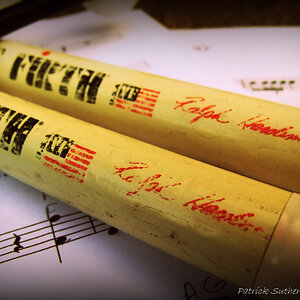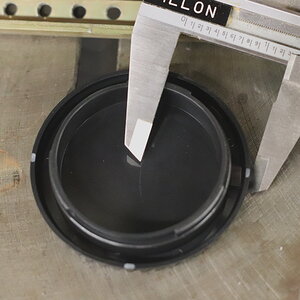phillipkane
TPF Noob!
- Joined
- Sep 1, 2012
- Messages
- 30
- Reaction score
- 1
As of the last 2 or so months, I have been shooting with a Hasselblad 500c (80mm f/2.8 attached)... I use an older Sekonic light meter with built on spot meter and usually meter for the shadows in the foreground... I take my reading, and if it says f/8 at 125th of a second, I usually overexpose by 2 stops and would shoot f/8 at a 60th of a second (to achieve more detail in the shadows)... I have only gotten 4 rolls developed so far (3 rolls of HP5 and 1 roll of pro 400H), and I find I usually have decent detail in the foreground of my shots, but the sky is white (usually blown out to ****)... So I was shooting today (a roll of fuji b&w), metering for my foreground shadows and I would get a reading of f/5.6 at a 30th of a second for example... It was a dark cloudy day, so I then metered for the clouds and I was getting f/5.6 at 500th of a second... I cannot remember the exact readings so this is approximate... So if I do the math, that's a difference of 4 stops... if I shoot anywhere close to 500th of a second, everything in my foreground will be completely underexposed, and if I shoot anywhere close to a 30th, my sky will be white and blown out... So do I pick somewhere in the middle? Is this where filters come into play? It was frustrating the **** out of me... thanks


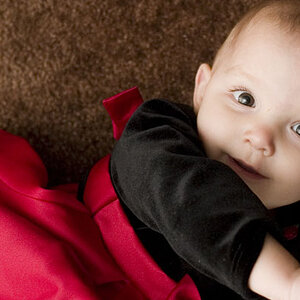
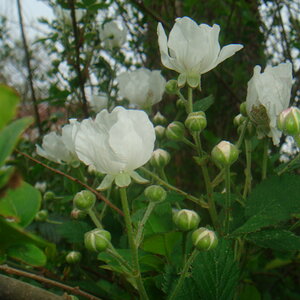
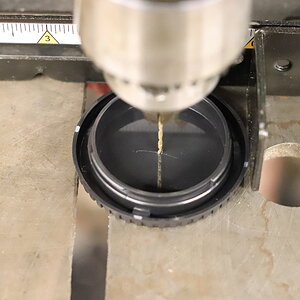
![[No title]](/data/xfmg/thumbnail/41/41780-5efe87aed04575de7c09b065d70763ae.jpg?1619739890)
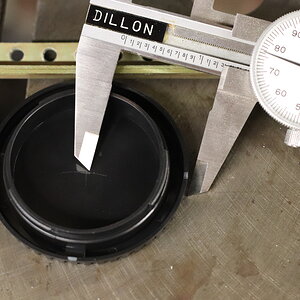
![[No title]](/data/xfmg/thumbnail/40/40296-1e3931509698e96fed6a0e43f5cb4adc.jpg?1619739411)
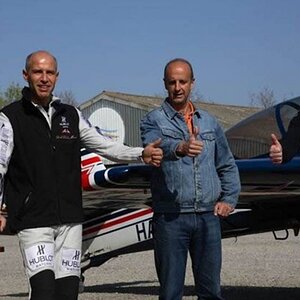
![[No title]](/data/xfmg/thumbnail/37/37107-df85b207aa6d9b7f6b88f682e493a52e.jpg?1619737882)
![[No title]](/data/xfmg/thumbnail/37/37106-bbbc8e30f409f82c56bead43c7565d5a.jpg?1619737882)
![[No title]](/data/xfmg/thumbnail/41/41901-789e8104ff95e5862c8f07611e3c34c0.jpg?1619739938)
